Download this set of captivating pictures and thought-provoking questions designed to challenge students’ inference-making abilities.
How to Teach Inference Skills
Inferring is a valuable skill for students to apply when engaging with and responding to texts. One strategy you can use in your classroom is teaching students how to use picture cues to make inferences. Imagine showing your students an image that shows a messy room with scattered toys, an overturned chair, an open window with rain pouring outside, and a dog hiding under the table.
You may ask your students to make an inference as to why the dog is under the table. Using the clues from the picture, you can guide your students to conclude that the dog is hiding under the table because it’s scared of the thunderstorm caused by the rain.
Teaching students to look for clues in a picture leads naturally to looking at a piece of text for clues to support an inference.
Teach Your Students How to Infer With Pictures
Teach Starter has created a set of digital pictures that you can use with your class when teaching them how to make inferences from images. This set of slides includes 4 different scenes:
- The Underwater Market
- The Elegant Express
- The Animal Games
- Ducks in Space
Within each scene, there are a series of 4–5 questions for each picture. Students will use clues from the pictures and their own prior knowledge to answer inference questions. After answering each question, students must share how they came to their conclusion.
How to Get Your Inferencing With Pictures Activity
If you are ready to use these inference scenes in your classroom, head on over to the green download button! Here, you will find the editable Google Slides link. Please note that you will first be prompted to make a copy of the resource to your personal drive before accessing it.
Additional Inferencing Resources for You!
Don’t stop there! We’ve got more activities to shorten your lesson planning time:
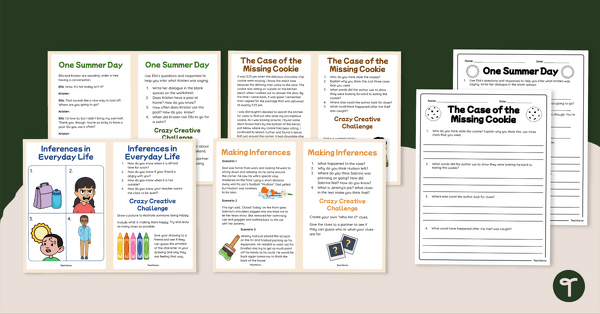
teaching resource
Drawing Conclusions and Making Inferences – Comprehension Task Cards
Use this set of comprehension task cards with your students to help them draw conclusions and make inferences when reading.
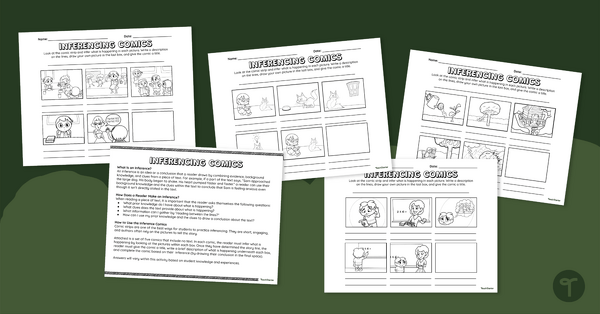
teaching resource
Inferencing Comics
Use this set of comic strips when teaching your students how to infer information from everyday situations.

teaching resource
Making an Inference – Graphic Organizer Pack
Use these graphic organizers with your students when teaching them how to use text evidence to make inferences.
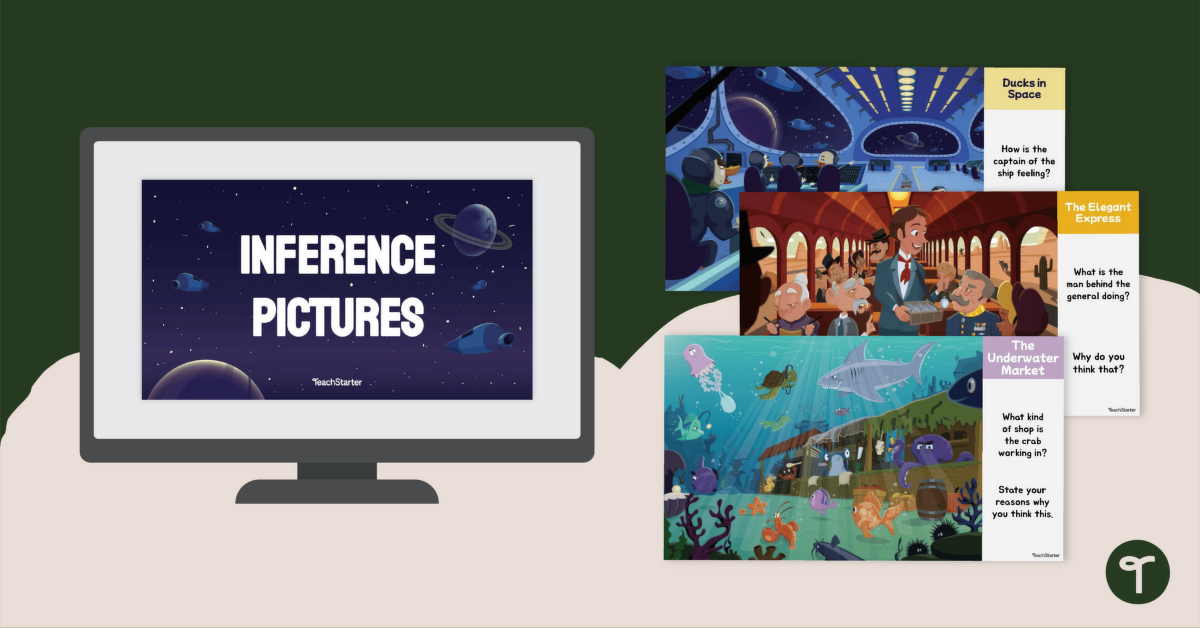

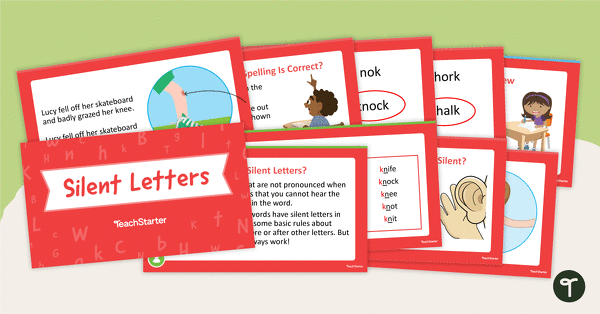
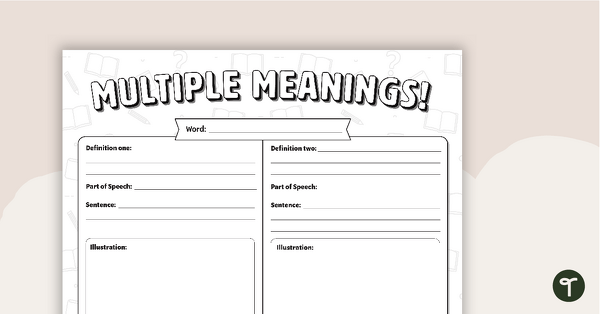
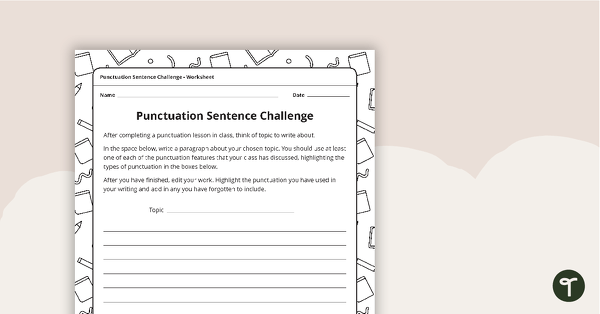
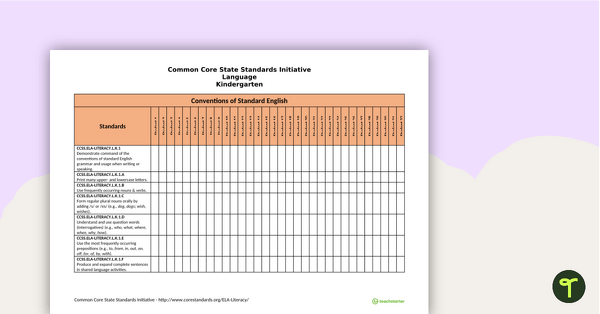
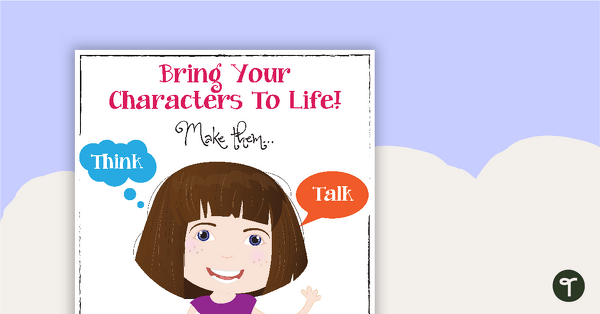
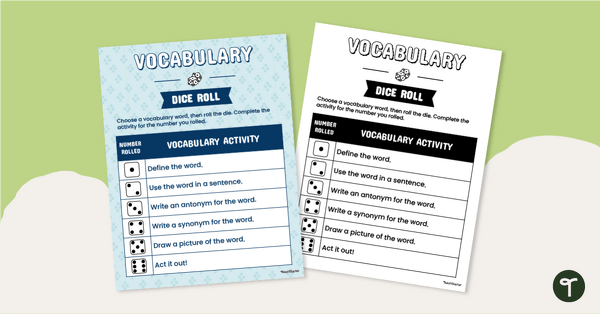
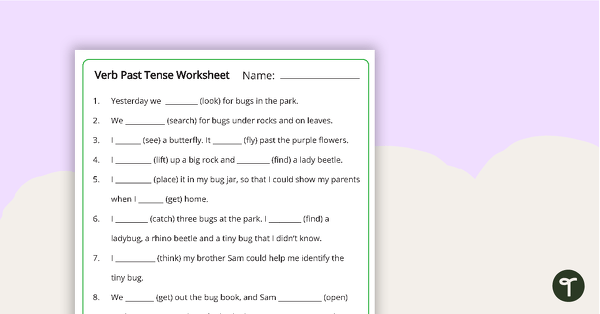
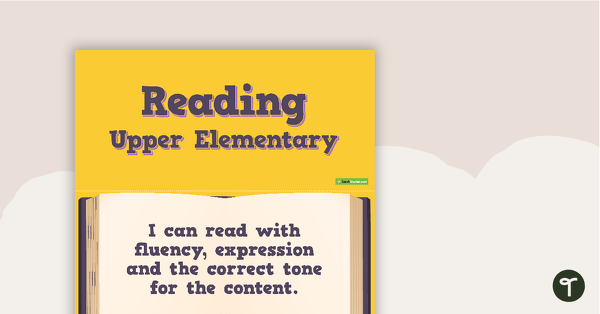
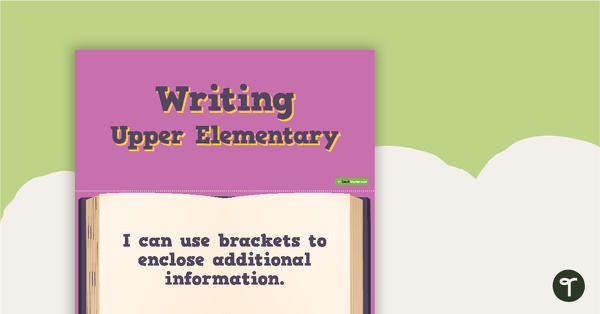
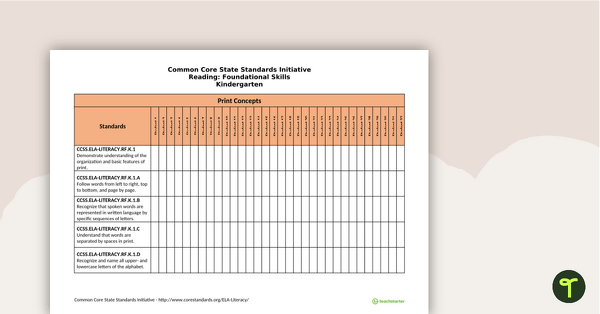
0 Comments
Write a review to help other teachers and parents like yourself. If you'd like to request a change to this resource, or report an error, select the corresponding tab above.